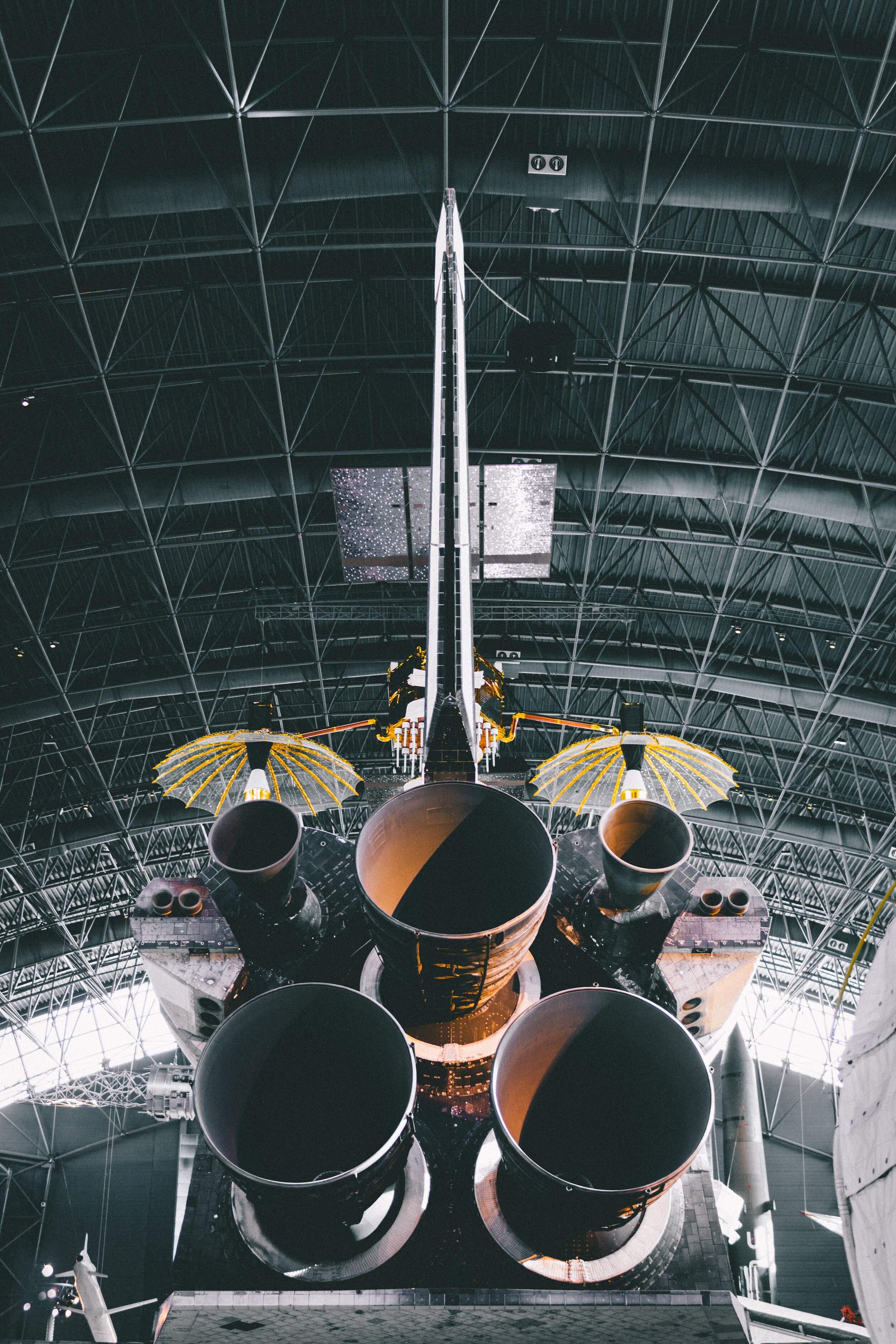Washington Post: Is NASA’s InSight too little too late?
NASA’s Curiosity rover has already completed its greatest mission: to reignite excitement on Earth about space flight and science. The Mars Science Laboratory has generated a renewed thirst, worldwide, for more knowledge about our galaxy and beyond. Now, the InSight Mars lander is scheduled to launch in 2016.
The InSight mission is yet another feather in NASA’s cap, but it’s too little and too late. We have an entire universe to explore. It is as if this is a replay of the 1970s. Back then, the Apollo missions to the Moon raised everyone’s hopes of far-reaching space travel. We dreamed of manned missions to Mars and Jupiter. But nothing much more happened.
It has been a long 40 years.
The good news is that, now, NASA may not have to realize my generation’s long-held dreams all on its own. Here’s why: The cost of technology has dropped exponentially. What was once the exclusive realm of the government is now open to entrepreneurs.
Witness the success of the Dragon spacecraft in May — when it successfully docked with the international space station and returned with cargo. This vessel was built by Space Exploration Technologies (SpaceX), a company that entrepreneur Elon Musk founded in 2002. According to SpaceX, the capsule was built from scratch in just 4 and a half years at a cost of around $300 million. SpaceX has constructed launch sites at Vandenberg, Cape Canaveral and Kwajalein, and a manufacturing facility in Hawthorne, California. The total cost of everything, including the Dragon launch, was $800 million. Compare this to the estimated $200 billion that NASA’s Space Shuttle program cost. That’s an average of $1.5 billion for every shuttle flight.
SpaceX isn’t the only private company shooting for the stars. In 2004, Scaled Composites, a startup founded by entrepreneur Burt Rutan, launched a spacecraft called SpaceShipOne to the edge of space. This was the result of ten years of effort and an investment of more than $20 million by Microsoft co-founder Paul Allen. It won a $10 million prize from the X Prize Foundation (which was founded by my friend Peter Diamandis, who also founded Singularity University—where I head innovation and strategy). Billionaire Sir Richard Branson acquired this technology and founded a company called Virgin Galactic. Branson’s company will offer suborbital flights to private individuals on a craft called SpaceShipTwo starting in 2013. Tickets will cost $200,000 and reservations are currently available (there is only one class of service, however).
Entrepreneurs are also looking at mining other planets and asteroids for minerals that are rare on Earth. One company whose progress I’ve been watching is Moon Express. It is on track to land a spacecraft on the Moon in 2014. Its first lander will carry scientific and commercial payloads to the Moon. Subsequent missions aim to have robots extract resources from the lunar soil and bring them back to Earth. The company’s founder Bob Richards (a founding trustee of Singularity University) said this past weekend during an alumni event at Singularity University that these planetary resources “are essential to humanity’s future on Earth and in space.”
Richards hopes to win the $30 million Google Lunar X PRIZE competition. But he is in for some stiff competition. There are 24 other privately-funded teams competing to be the first to safely land a robot on the surface of the Moon, have that robot travel 500 meters over the lunar surface, and send video, images and data back to the Earth.
To NASA’s credit, it realizes the potential of these entrepreneurs. In 2008, it contracted SpaceX to provide 12 Dragon spacecraft cargo missions to the international space station for a fixed, inflation-adjusted, cost of $133 million per flight. NASA also provided Moon Express with technology that helped it to get its start, and recently signed a contract to purchase the data that it gathers.
Private industry participation in the space industry isn’t a new thing. Defense contractors such as Boeing and Lockheed Martin have long been subcontracting work from NASA. But they never created the revolution and disruption that these up-and-coming entrepreneurs promise to. For example, massive cost overruns are common in government contracts. But SpaceX proudly proclaims on its Web site that “if there are cost overruns, SpaceX will cover the difference. (This concept may be foreign to some traditional government space contractors that seem to believe that cost overruns should be the responsibility of the taxpayer.)”
What is so special about these entrepreneurs (or should I say “spacepreneurs”)?
To start with, they are not encumbered by bureaucracy and don’t need to preserve the status quo – in fact, they stand to thrive if the status quo is all but completely done away with. SpaceX was able to rethink the way rockets were designed and thermally protected, the materials used to construct external heat shields, and even the very production process itself. This gave them significant cost and quality advantages.
Moon Express is engineering NASA’s Common Spacecraft Bus into a low cost lunar lander configuration and rapidly prototyping software, sensors, engines, and avionics with the latest computer systems and simulation tools. Most importantly, as Richards says, “We’re a bunch of entrepreneurs trying to change the world. We can incentivize our workforce with equity—our workers are the owners. We can make decisions unconnected to congressional or White House politics. We can work in small teams with minimal overhead and high signal-to-noise organizations — noise being management. We can attract capital and expertise from the best entrepreneurs on the planet, and we can work with NASA as a partner to take advantage of the deep expertise and knowledge, while applying commercial entrepreneurial principals to achieve symbiotic goals”.
So, congratulations to NASA for raising our hopes then and again now. But the future of space travel lies in NASA-entrepreneur partnerships. Given that, don’t be surprised if we see a Coca-Cola logo on the next Mars lander.
